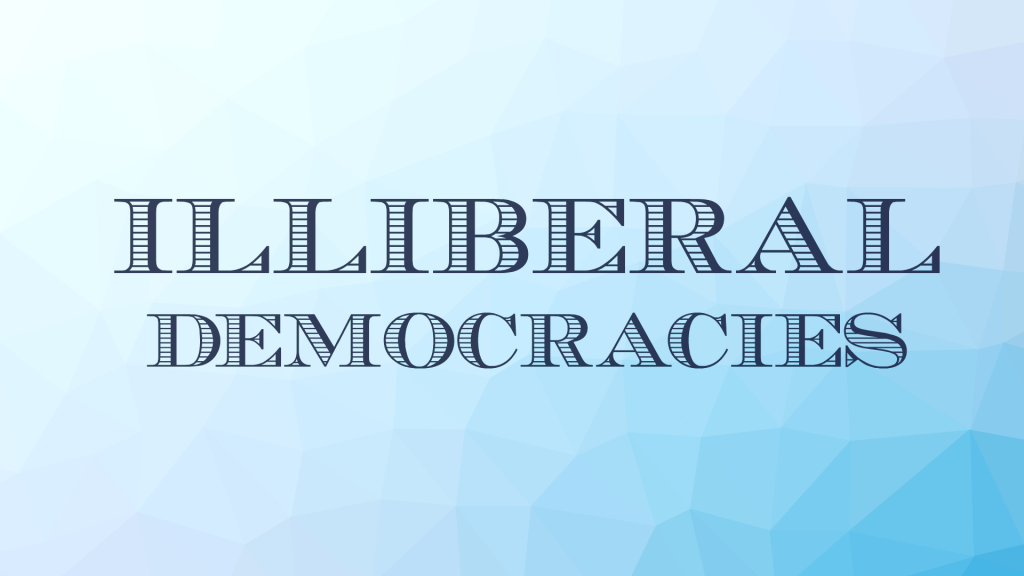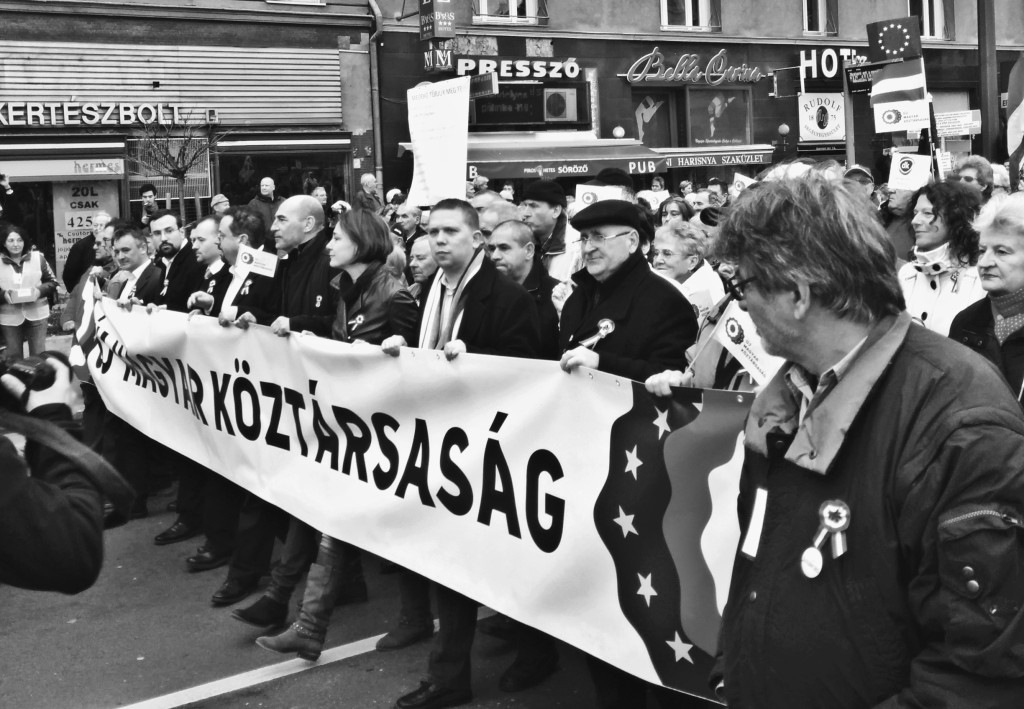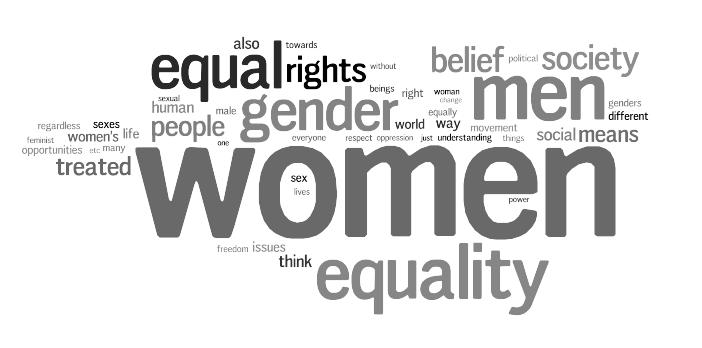
Copenhagen Comission: Safeguard Against Illiberal Democracies?
Recent developments in Hungary and Romania have prompted a question that once would have been considered fanciful at best: could there be a dictatorship inside the European Union?











